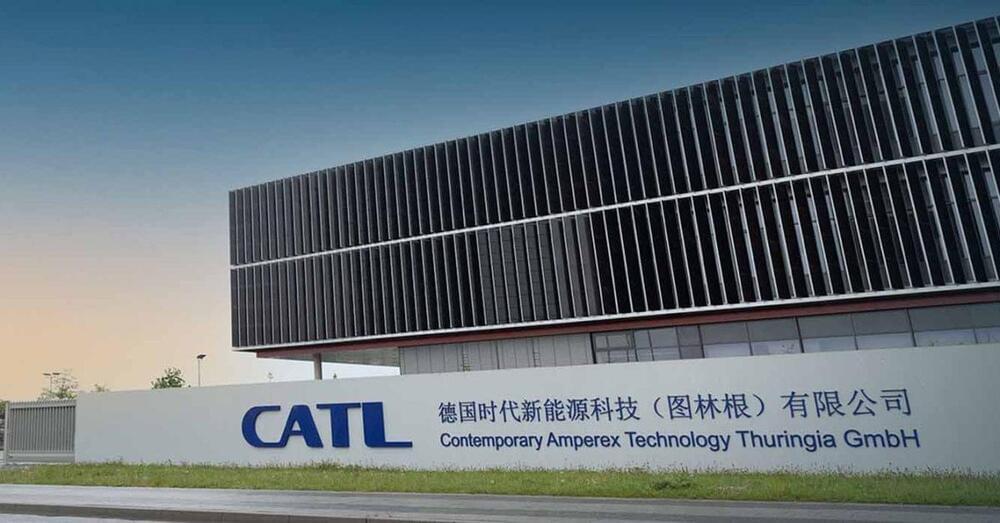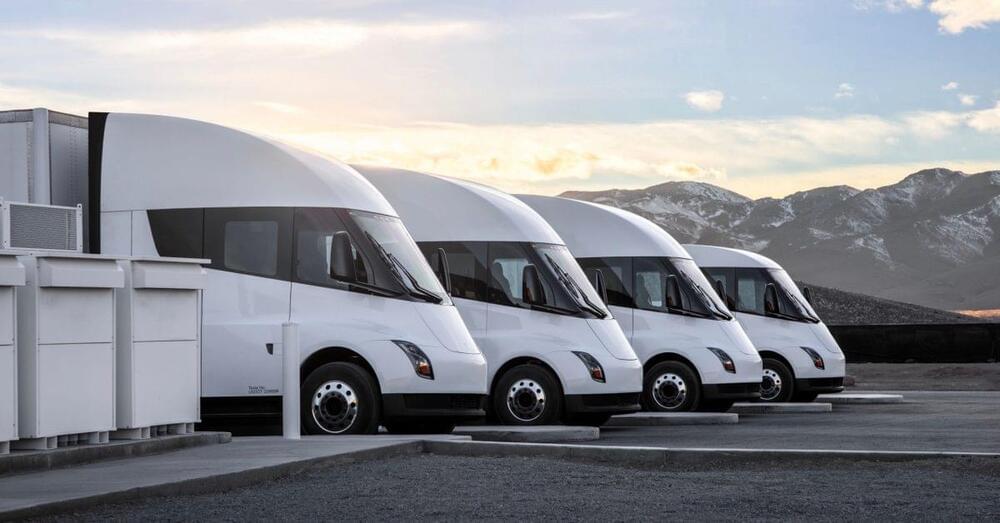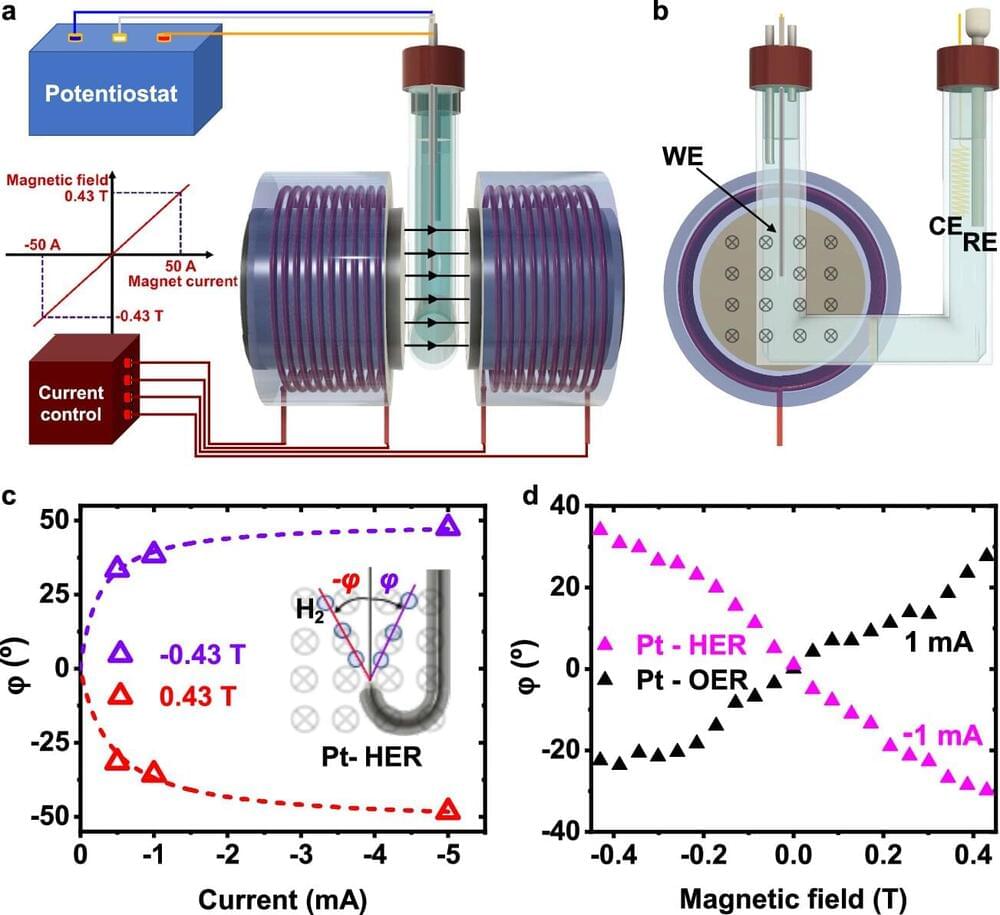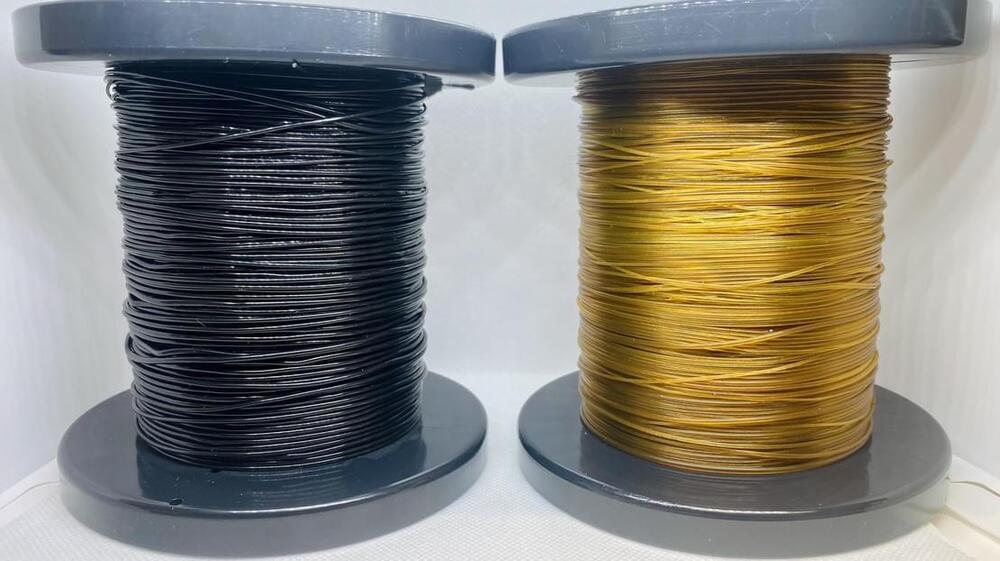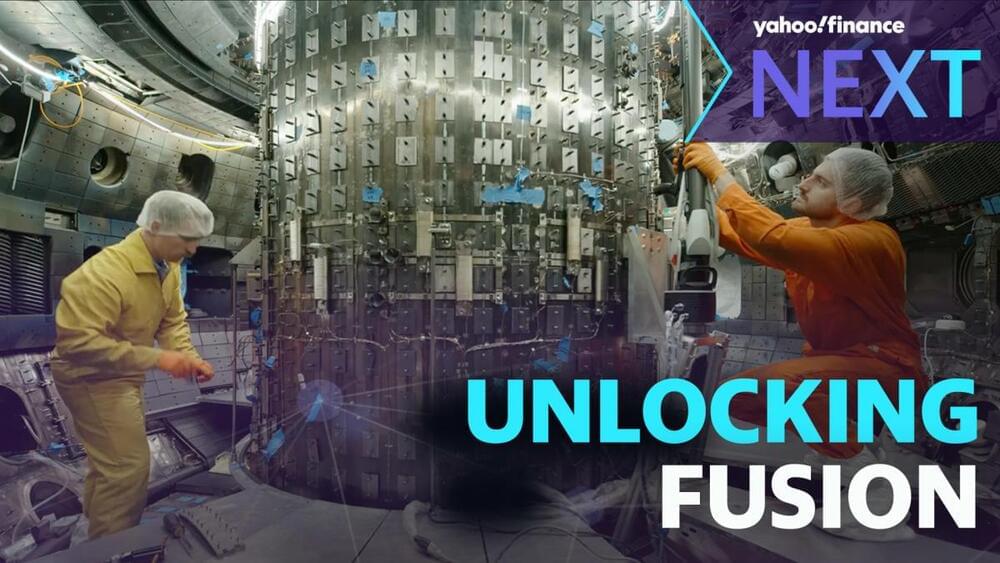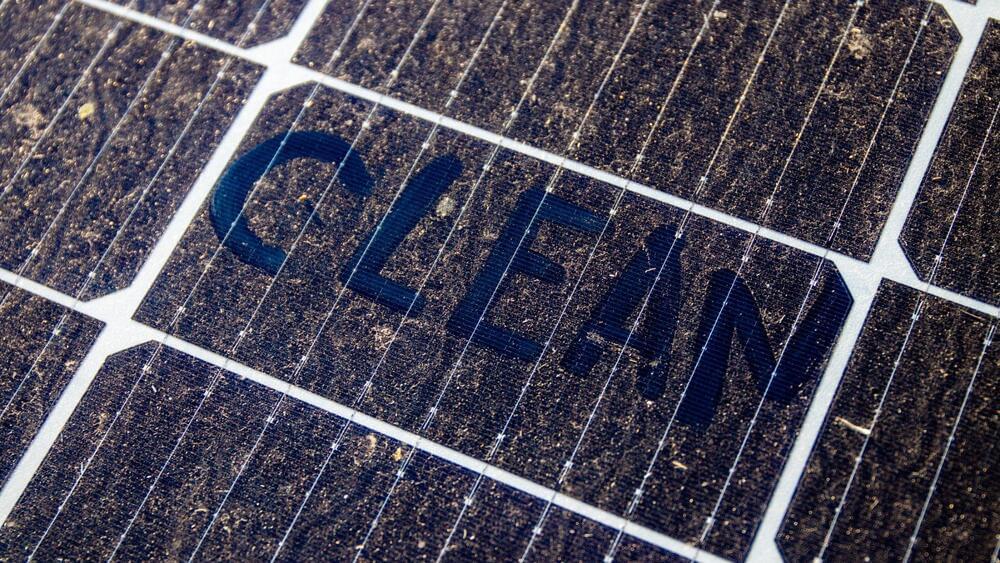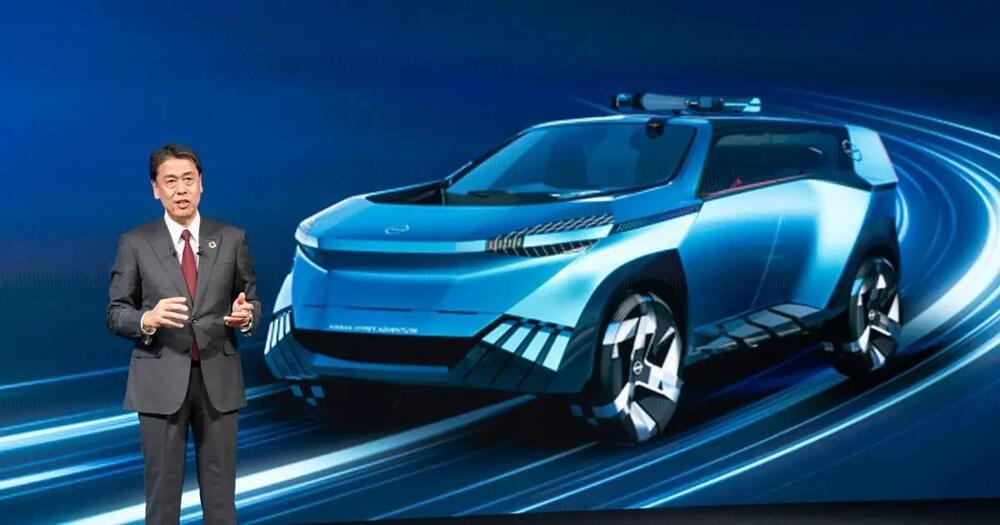A battery cathode in development in labs at the University of California San Diego has Wolverine-like self-healing properties.
Better yet, the regenerative ability of the lithium-sulfur electrode could help to unlock chemistry that doubles electric vehicle range, according to the experts. It’s a promising breakthrough with fascinating potential.
“We are very excited about the discovery of this new material,” study co-senior author Professor Ping Liu said in a university lab report.
